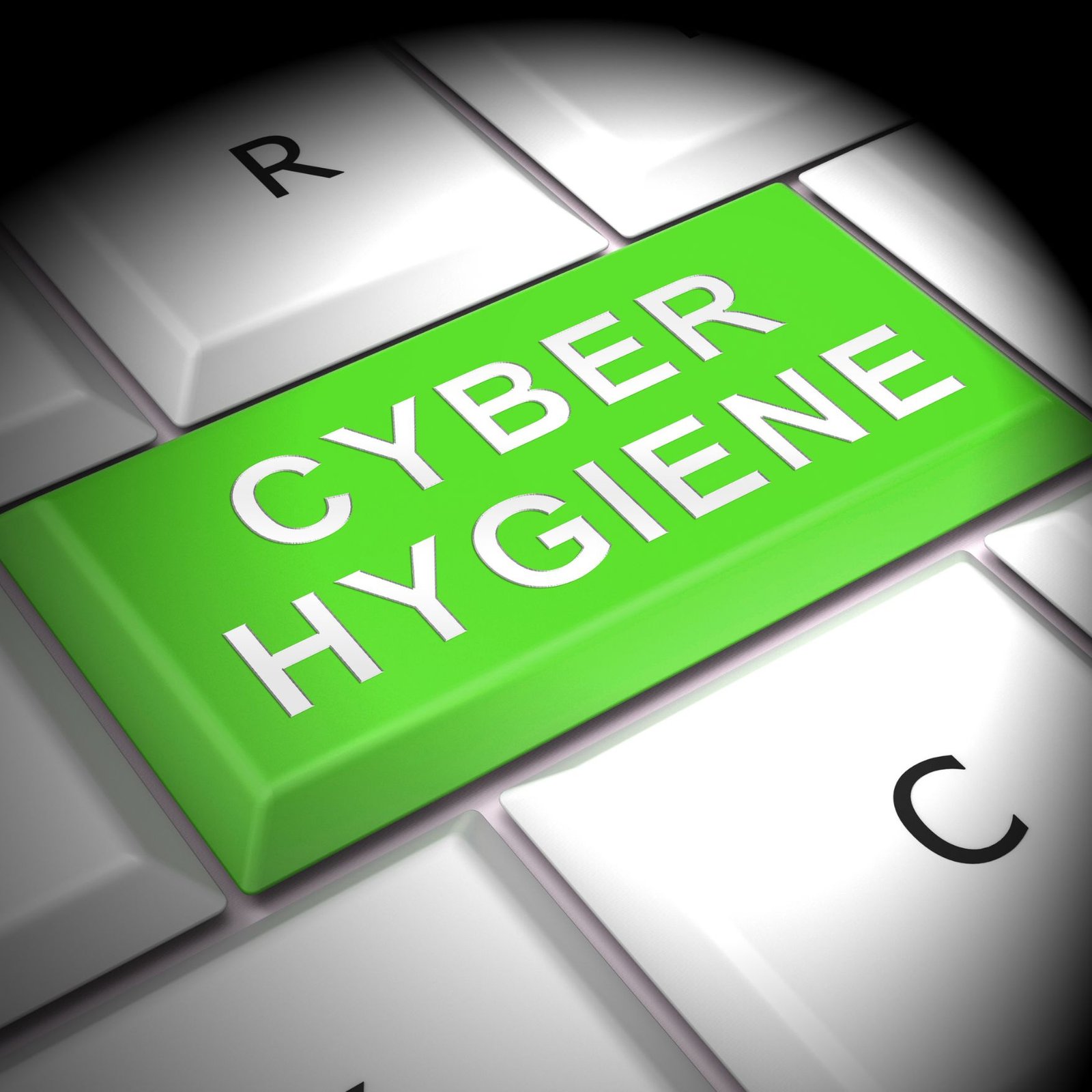Table of Contents
In today’s digital age, cyber hygiene is more than just a tech buzzword—it’s the cornerstone of your cybersecurity strategy and online safety. Whether you’re a casual internet user, a remote employee, or a small business owner, implementing regular digital hygiene practices protects your devices, personal data, and online identity. This article examines the advantages of cyber hygiene, explains how it helps mitigate cyber threats, and provides actionable cyber hygiene best practices that everyone should follow.
1. Enhanced Protection Against Cyber Threats
One of the most critical benefits of maintaining strong cyber hygiene is the ability to protect yourself from an increasing variety of cyber threats, including phishing attacks, data breaches, and other forms of digital exploitation. Cybercriminals constantly scan for weaknesses, and users with lax security are the easiest targets.
Good cyber hygiene includes:
- Strong password security: Use complex, unique passwords for every account. Employ a password manager to generate and store them.
- Two-factor authentication (2FA): Adds a second layer of protection by requiring a code or approval via a trusted device.
- Regular software updates: Keeps your systems patched against known vulnerabilities.
- Data backups: Ensure you’re never held hostage by ransomware or accidental data loss.
These simple yet powerful practices drastically reduce the chances of your personal or professional systems being compromised.
2. Improved Device Performance and Longevity
Cyber hygiene doesn’t only boost security—it also contributes to better device performance and extended lifespan. Devices burdened with unnecessary files, malware, or outdated software tend to slow down and malfunction.
Effective digital hygiene improves performance by:
- Eliminating malware and bloatware through regular scans.
- Freeing up memory by removing unused apps and clearing cached data.
- Updating system drivers for optimal hardware functionality.
Maintaining clean, optimized devices ensures smoother operation and fewer technical issues. Regular attention to your system’s health can also delay costly upgrades or repairs.
3. Safeguarding Personal and Sensitive Information
Your digital identity is precious—and vulnerable. Practicing good cyber hygiene helps shield your most sensitive data from theft, loss, or exposure.
For individuals, this includes protecting:
- Banking details and credit card numbers.
- Medical records and health data.
- Photos, messages, and personal documents.
Good cyber hygiene habits like data encryption, safe browsing using VPNs, and avoiding risky apps ensure that even if someone attempts a data breach, the information remains inaccessible.
Poor digital hygiene is a leading cause of identity theft, a growing threat that causes financial loss and emotional stress. Securing your data is no longer optional—it’s a personal responsibility.
4. Boosting Confidence in Digital Interactions
Confidence is key when operating online, whether you’re shopping, communicating, or collaborating. Practicing cyber hygiene best practices helps both individuals and businesses conduct digital activities with trust and peace of mind.
For consumers:
- Trust increases when using websites with SSL certificates, clear privacy policies, and secure checkout systems.
For businesses:
- Maintaining strong online safety measures builds customer confidence.
- Utilizing encrypted communication tools and secure file-sharing platforms protects sensitive transactions.
By safeguarding both sides of digital interaction, cyber hygiene fosters transparency and trust, which are critical in today’s data-driven economy.
5. Meeting Compliance and Legal Requirements
Adhering to good cyber hygiene also helps meet strict regulatory standards like the General Data Protection Regulation (GDPR) and the Health Insurance Portability and Accountability Act (HIPAA). These laws mandate how data should be stored, managed, and protected.
Key compliance-supporting practices include:
- Encrypting sensitive customer and patient information.
- Keeping access logs and data usage histories.
- Using automatic updates and endpoint protection software.
Failing to comply with these standards can result in severe consequences—financial penalties, legal action, and reputational damage. Businesses that prioritize data protection through strong hygiene are not only safer but also more trustworthy and competitive.
6. Establishing a Culture of Cyber Awareness
Cybersecurity is not just the IT department’s job—it’s a shared responsibility. Promoting a culture of cyber awareness ensures everyone in a home or organization understands their role in maintaining security.
At home:
- Teach children the basics of online safety.
- Use parental controls and strong passwords on shared devices.
In the workplace:
- Conduct regular cybersecurity training to help employees identify phishing emails and suspicious behavior.
- Encourage use of secure communication platforms and discourage risky digital behaviors.
- Build policies that enforce password rotation, restricted access, and device management.
When everyone is alert and informed, the risk of accidental data breaches decreases significantly. A well-educated team is one of your strongest lines of defense.
How to Maintain Ongoing Cyber Hygiene
Maintaining cyber hygiene doesn’t require expensive software or advanced technical skills. The key is consistency and building it into your daily routine.
Daily Practices
- Lock devices when not in use.
- Avoid clicking on suspicious links or attachments.
- Use strong, unique passwords.
- Avoid public Wi-Fi, or use a VPN when necessary.
- Log out of accounts after use.
Weekly Habits
- Run antivirus and malware scans.
- Back up files to cloud or external drives.
- Remove unused apps and browser extensions.
- Review login activity and device access.
Monthly Maintenance
- Change passwords for high-risk accounts.
- Audit data and clean out old files.
- Check for new security updates and install them.
- Evaluate which devices or services may need upgraded protection.
Consistency ensures you’re never caught off guard by a sudden attack or system failure.
Essential Tools to Strengthen Cyber Hygiene
Using the right tools simplifies the process and helps you stay secure:
| Category | Tools | Purpose |
|---|---|---|
| Password Managers | LastPass, 1Password, Bitwarden | Generate, store, and manage strong passwords |
| Antivirus Software | Norton, Bitdefender, Malwarebytes | Scan for and remove malware threats |
| VPN Services | NordVPN, ExpressVPN | Secure browsing and data encryption on public networks |
| Backup Solutions | Dropbox, Google Drive, Backblaze | Cloud storage for file recovery in case of breaches |
| 2FA Apps | Google Authenticator, Authy | Adds an extra security step during login processes |
| Training Platforms | KnowBe4, CyberAware | Build cyber awareness through education and simulations |
These tools help automate many of the routine tasks involved in good cyber hygiene and protect against both known and emerging threats.
Common Mistakes to Avoid
Even those who are aware of cybersecurity basics often fall into these common traps:
Ignoring Updates
Failing to install updates leaves devices vulnerable to well-known exploits. Enable automatic updates for all operating systems and applications.
Using Weak or Repeated Passwords
One of the easiest ways hackers gain access is through passwords like “123456” or “password1.” Use a password manager to store unique passwords for each site.
Falling for Phishing Emails
If something feels off about an email—even from someone you know—verify it. Don’t click links or download attachments unless you’re absolutely sure they’re safe.
Relying on Public Wi-Fi Without Protection
Free Wi-Fi is convenient, but it’s also a hacker’s playground. Always use a VPN when connecting to unsecured networks.
Avoiding these mistakes is just as important as following best practices.
Cyber Hygiene in the Future
The future of cyber hygiene involves a blend of smart tools and smarter habits. As technologies like IoT, cloud computing, and AI evolve, so will the threats we face. Staying vigilant, updated, and educated ensures you’re ready.
Emerging trends include:
- Biometric logins replacing traditional passwords.
- Zero-trust architecture requiring constant verification.
- AI-powered threat detection that identifies suspicious behavior in real-time.
Yet, no matter how advanced cybersecurity tools become, human error will always be a leading cause of breaches. That’s why strong cyber hygiene—rooted in good habits and consistent practices—will always be necessary.
Conclusion
Cyber hygiene is more than a checklist—it’s a lifestyle. As the digital world becomes more complex, the cost of neglecting online safety grows. But the good news is that with the right habits and tools, you can secure your digital life with confidence.
From protecting against cyber threats to ensuring compliance with GDPR and HIPAA, the benefits of cyber hygiene are clear and far-reaching. It empowers individuals, secures businesses, and builds a future where digital security is second nature.
FAQs
1. What are the basics of good cyber hygiene?
Use strong passwords, enable two-factor authentication, install updates regularly, and back up your data.
2. How often should I perform cyber hygiene checks?
Daily for device locking and safe browsing, weekly for scans and backups, and monthly for audits and password changes.
3. Can cyber hygiene help prevent phishing attacks?
Yes. Recognizing suspicious messages and using email filters are part of a strong defense against phishing.
4. What tools can help me maintain cyber hygiene?
Password managers, antivirus software, VPNs, 2FA apps, and cybersecurity training platforms.
5. Why is cyber hygiene important for small businesses?
Small businesses are common targets for cyberattacks. Cyber hygiene helps protect data, ensure compliance, and maintain customer trust.









